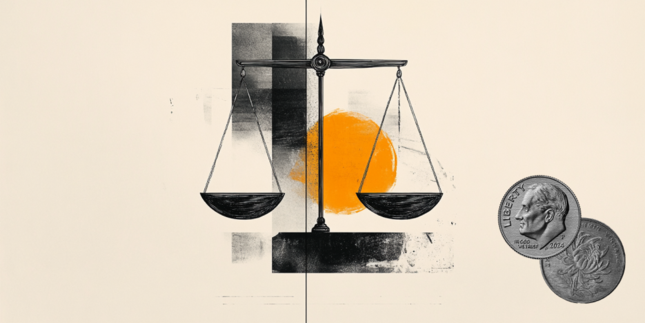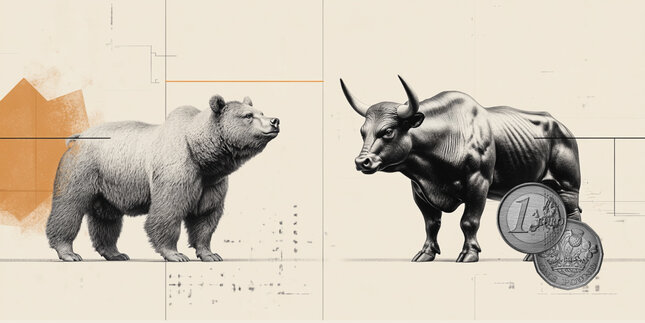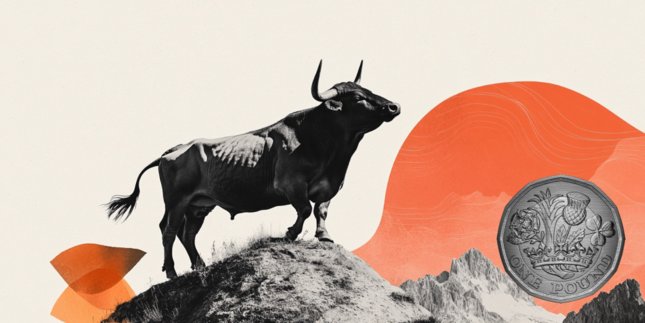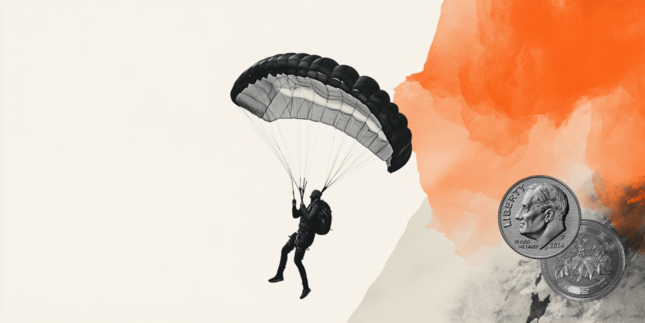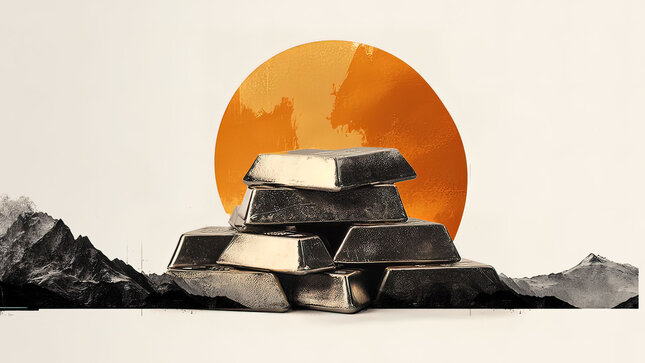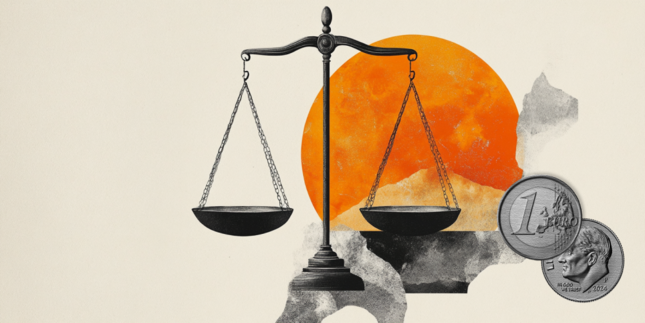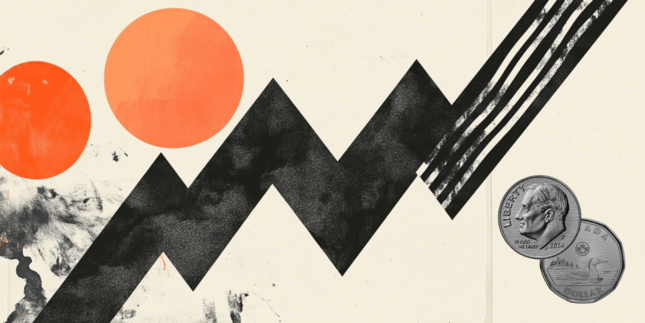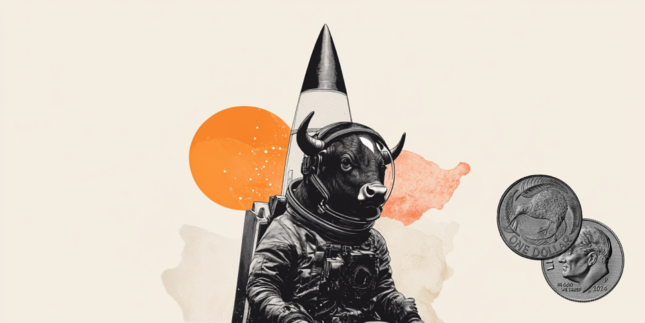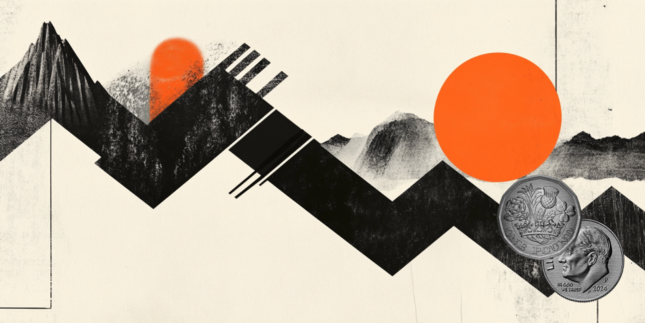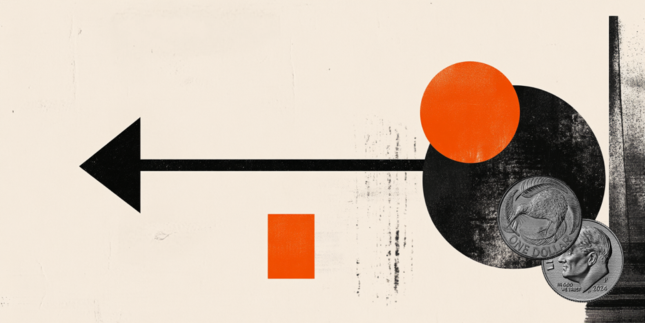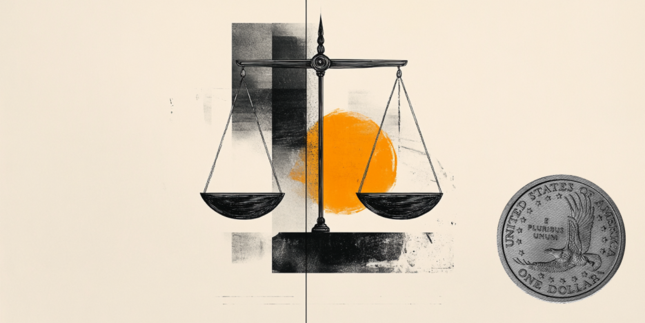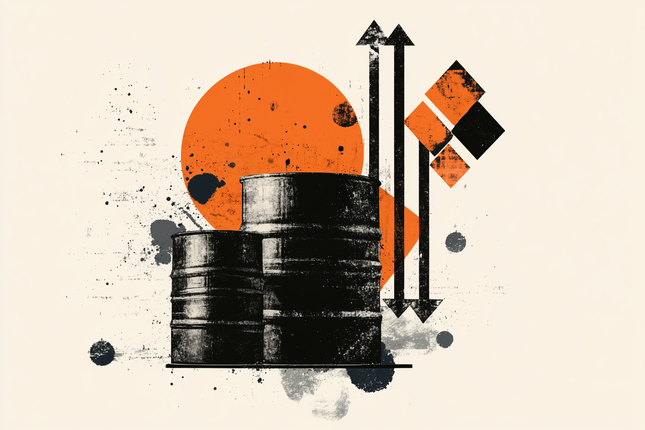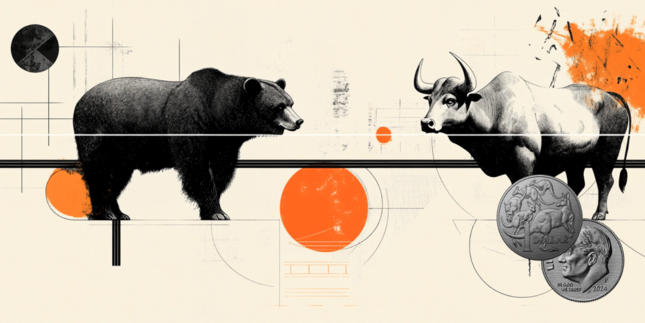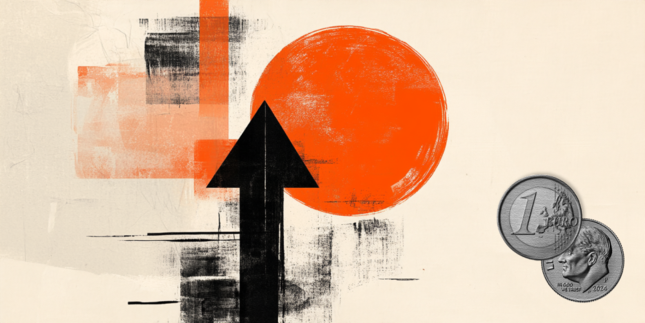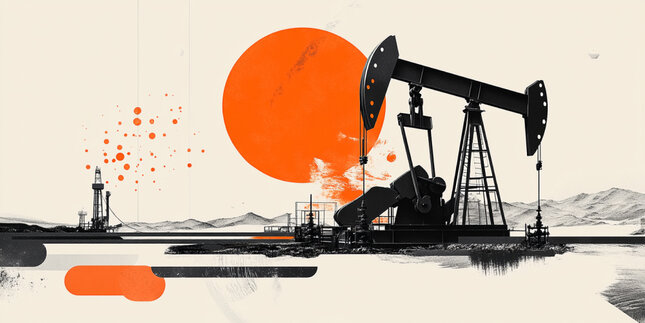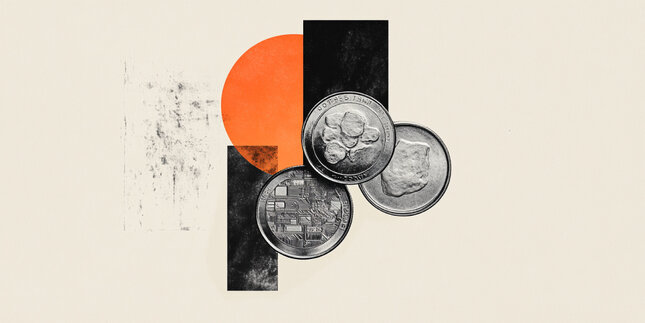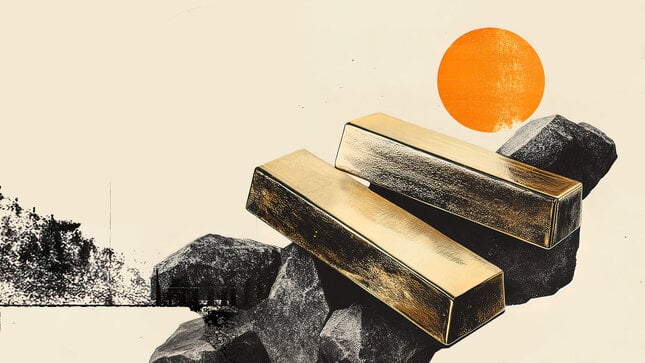Silver Price Forecast: XAG/USD hovers near $32.50 amid increased market caution
- Silver price holds firm as the US Dollar weakens following disappointing US economic data.
- President Trump signed a memorandum restricting Chinese investments in strategic US sectors.
- Russian and US delegations are set to meet this week to discuss improving bilateral relations.
Silver price (XAG/USD) edges higher after registering gains in the previous session, trading around $32.60 during the European hours on Monday. The dollar-denominated Silver attracts buyers as the US Dollar (USD) weakens following the downbeat US economic data including Jobless Claims and S&P Global Purchasing Managers' Index (PMI) released last week.
The US Composite PMI fell to 50.4 in February, down from 52.7 in the previous month. In contrast, the Manufacturing PMI rose to 51.6 in February from 51.2 in January, surpassing the forecast of 51.5. Meanwhile, the Services PMI declined to 49.7 in February from 52.9 in January, falling short of the expected 53.0. US Initial Jobless Claims for the week ending February 14 rose to 219,000, exceeding the expected 215,000.
The safe-haven Silver receives support from ongoing trade and geopolitical uncertainties. Last week, US President Donald Trump threatened to impose tariffs on key sectors, including cars, semiconductors, pharmaceuticals, and lumber, keeping markets on edge. Trump also signed a memorandum on Friday instructing the Committee on Foreign Investment in the United States (US) to limit Chinese investments in strategic sectors.
Meanwhile, traders remain focused on developments related to the ongoing conflict between Russia and Ukraine, which enters its fourth year on Monday. European Union leaders are expected to convene for an extraordinary summit on March 6 to discuss additional support for Ukraine and European security assurances. This follows US President Donald Trump’s initiative to engage Russia in talks aimed at ending the war, though notably without the involvement of Ukraine or the European Union. Additionally, a senior Russian diplomat indicated that Russian and US teams plan to meet this week to explore ways to improve bilateral relations.
In Germany, preliminary results confirm the win for the Christian Democratic Union (CDU) and its ally, the Christian Social Union (CSU), led by chancellor candidate Friedrich Merz. Market attention now shifts to the coalition-building process, with stable leadership seen as crucial for advancing key fiscal reforms.
Silver FAQs
Silver is a precious metal highly traded among investors. It has been historically used as a store of value and a medium of exchange. Although less popular than Gold, traders may turn to Silver to diversify their investment portfolio, for its intrinsic value or as a potential hedge during high-inflation periods. Investors can buy physical Silver, in coins or in bars, or trade it through vehicles such as Exchange Traded Funds, which track its price on international markets.
Silver prices can move due to a wide range of factors. Geopolitical instability or fears of a deep recession can make Silver price escalate due to its safe-haven status, although to a lesser extent than Gold's. As a yieldless asset, Silver tends to rise with lower interest rates. Its moves also depend on how the US Dollar (USD) behaves as the asset is priced in dollars (XAG/USD). A strong Dollar tends to keep the price of Silver at bay, whereas a weaker Dollar is likely to propel prices up. Other factors such as investment demand, mining supply – Silver is much more abundant than Gold – and recycling rates can also affect prices.
Silver is widely used in industry, particularly in sectors such as electronics or solar energy, as it has one of the highest electric conductivity of all metals – more than Copper and Gold. A surge in demand can increase prices, while a decline tends to lower them. Dynamics in the US, Chinese and Indian economies can also contribute to price swings: for the US and particularly China, their big industrial sectors use Silver in various processes; in India, consumers’ demand for the precious metal for jewellery also plays a key role in setting prices.
Silver prices tend to follow Gold's moves. When Gold prices rise, Silver typically follows suit, as their status as safe-haven assets is similar. The Gold/Silver ratio, which shows the number of ounces of Silver needed to equal the value of one ounce of Gold, may help to determine the relative valuation between both metals. Some investors may consider a high ratio as an indicator that Silver is undervalued, or Gold is overvalued. On the contrary, a low ratio might suggest that Gold is undervalued relative to Silver.
Forex News
Keep up with the financial markets, know what's happening and what is affecting the markets with our latest market updates. Analyze market movers, trends and build your trading strategies accordingly.

